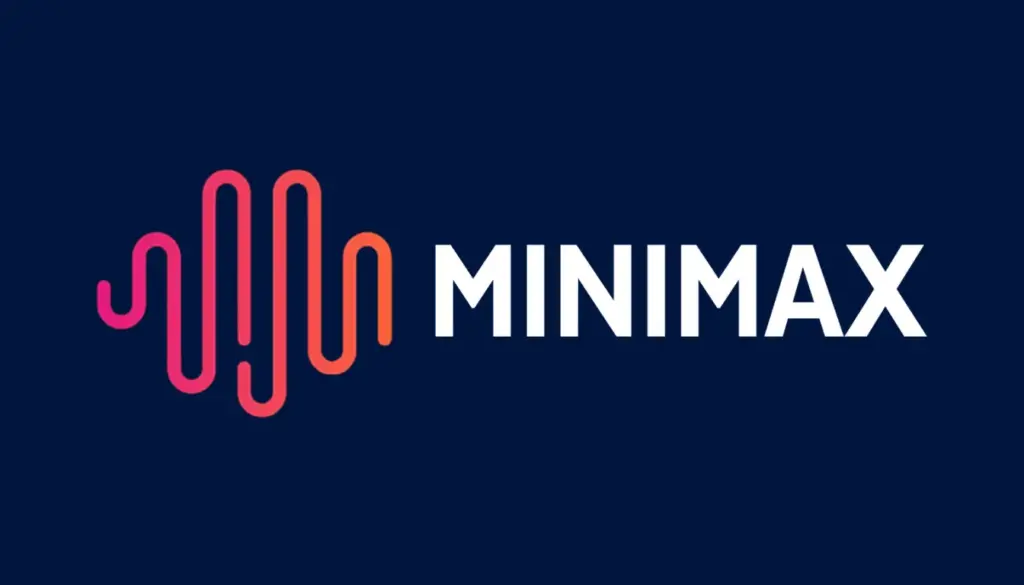The pace of recent advances in artificial intelligence (AI) has been phenomenal, but there is a huge barrier behind it: astronomical training and operational costs. Training a state-of-the-art large language model (LLM), such as GPT-4, is known to cost upwards of $100 million. This prohibitive cost has been a barrier to the democratization and spread of AI technology.
However, the M1 model, unveiled in June 2024 by Chinese AI startup MiniMax, is set to disrupt the AI industry. MiniMax announced that its M1 model costs only about $547,000 to train, less than 200th of the estimated training cost of GPT-4o. This news is a shock to the AI market, upending conventional wisdom and attracting the attention of AI developers and investors around the world.
Could Minimax’s M1 be a game changer for the AI industry? Let’s take a deep dive into how the M1 model came to be, its impact to date, and where it’s headed with its overwhelming cost-effectiveness over GPT-4.

The dawn of the low-cost, high-efficiency AI era
Minimax’s M1 model revolutionized the AI industry with the promise that “state-of-the-art AI models can be implemented at a fraction of the cost”. According to Minimax, the M1 can compete with models from leading companies such as OpenAI, Anthropic, and DeepSeek in terms of intelligence and creativity. If these claims prove to be true, they could revolutionize the AI business model, which is currently suffering from a severe deficit.
The information reported that OpenAI is expected to run a $14 billion deficit in 2026 and won’t break even until 2028. Against this backdrop, the emergence of low-cost, high-efficiency models like M1 is bound to shock investors, as it shatters the conventional wisdom that high-performance AI development is impossible without a massive capital infusion.
Potential changes in the cloud and chip markets
The successful proliferation of M1 could impact the entire AI industry ecosystem. For starters, it could hurt the profitability of cloud providers like Amazon AWS, Microsoft Azure, and Google Cloud. If companies can significantly reduce the cost of computing to run AI models, they will have less need to use expensive cloud services.
It could also negatively impact demand for Nvidia, which is the exclusive supplier of core chips for AI computation. This concern was borne out when DeepSeek’s R1 model was announced, causing Nvidia’s stock price to plunge 17% in a single day, wiping out an estimated $600 billion in market capitalization. Of course, since the Minimax announcement, Nvidia’s stock price has only fallen by less than 0.5% on a weekly basis, but a similar impact cannot be ruled out if the M1 is indeed widely adopted.
M1’s potential and limitations are still unproven
Minimax’s M1 model has yet to be validated by external developers. While DeepSeek’s R1 model gained credibility through real-world validation by developers shortly after its announcement, Butterfly Effect’s Manus was error-prone and quickly fell out of favor, so the reaction of the developer community to M1 over the next few days will be an important measure of its success.
There is also a fundamental problem with Chinese-made AI models: they are subject to censorship regulations by the Chinese government. The U.S. House of Representatives’ Special Committee on China has assessed that DeepSeek’s responses were manipulated to suppress content related to democracy, Taiwan, Hong Kong, and human rights, and Minimax’s Talkie (an AI character chat app) has been shown to deflect questions about forced labor in the Xinjiang Uyghur region. This political censorship could limit the credibility and utility of Chinese AI models in the global marketplace.
M1’s other strengths: a huge context window and a free API
Despite its unproven performance and political censorship issues, M1 has some compelling strengths: Minimax currently makes M1 available for freethrough its API, allowing users to download the full model and run it directly on their own computing resources (but at their own computational cost). This provides an opportunity for developers and enterprises to easily utilize and test M1, and could have a positive impact on the spread of M1.
Additionally, M1’s 1 million token context windowis a notable strength – it can process about 7-8 books or an hour of video at a time, which is a huge amount. Considering that OpenAI’s o3 model and Ansropic’s Claude Opus 4 are around 200,000 tokens, M1’s context window is on par with Google’s Gemini 2.5 Pro (1 million tokens) and some of Meta’s Lama open-source models (up to 10 million tokens), which means that M1 can excel at understanding and processing complex and long contexts.
Context window: The amount of textual data that an AI model, especially a large language model (LLM), can take in as input, process, and “remember” at one time, and the size of the context window is usually measured in units called “tokens”.
M1 is the next frontier in the AI arms race
Minimax’s M1 model has sent shockwaves through the AI market with its staggering training cost of 200th the cost of GPT-4. If this number proves true and M1 is widely adopted, it could be a huge game changer for the AI industry as a whole. It could shake up the position of existing AI powerhouses with deep pockets and infrastructure, and accelerate the democratization and diffusion of AI technology.
Of course, M1 still faces the challenges of external validation and Chinese government censorship. However, its overwhelming cost-effectiveness, excellent contextual window, and free API make its potential impossible to ignore.
The M1 story shows that the race for AI supremacy is expanding beyond a simple battle of technology to a new battleground of cost-effectiveness. Going forward, the AI market is likely to evolve away from a monopolistic structure dominated by a few giants and toward a more diverse set of players competing with innovative models. The answer to this question posed by the Minimax M1 will be a key factor in determining the future of the AI industry in the coming years. Will we witness the dawn of a new AI era with the M1? We’ll be watching closely to find out.
🔎 Read our other posts on IT and technology
👉 Subscribe to our X (Twitter) channel


